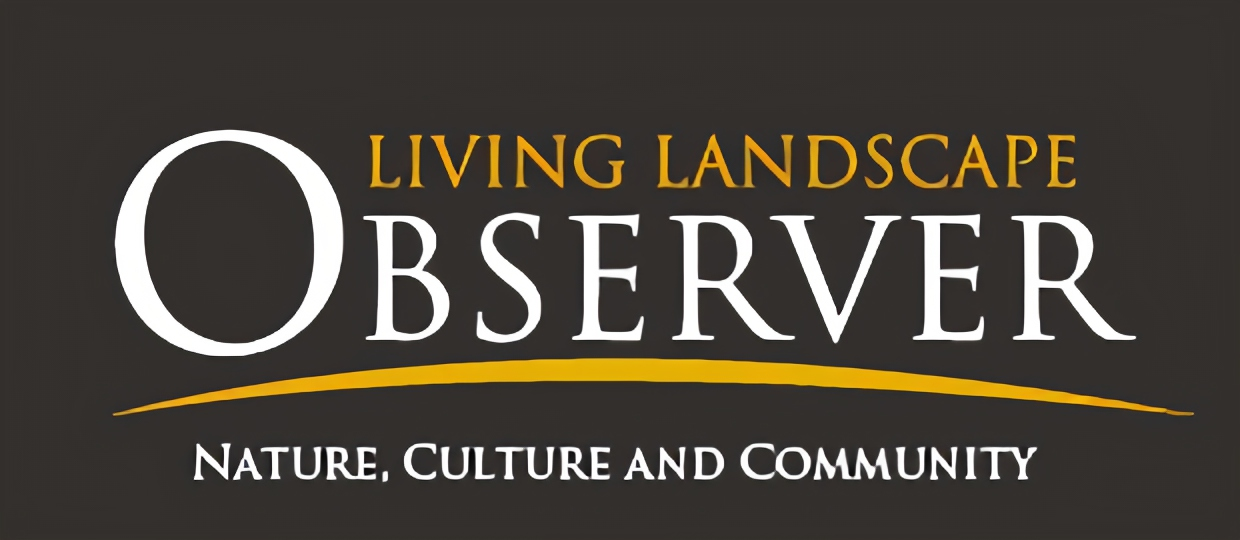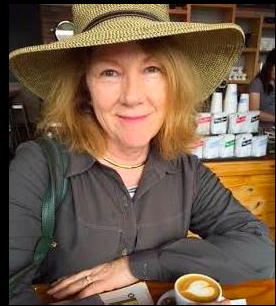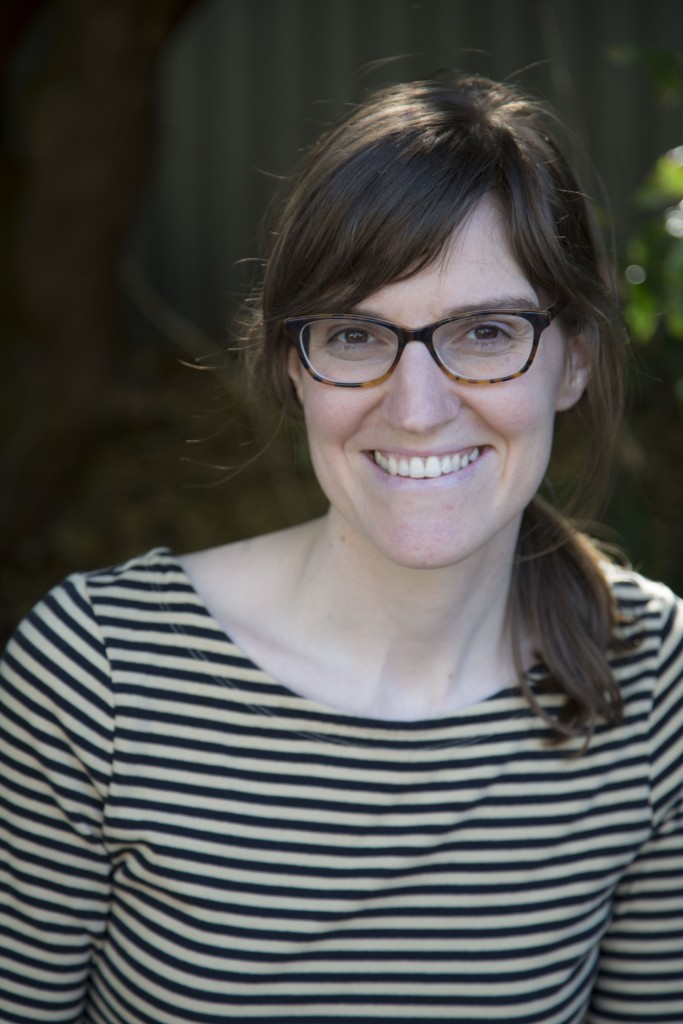To provide observations and information on the emerging fields of landscape scale conservation, heritage preservation, and sustainable community development.
Newsletter
Stay up-to-date with the latest nature, culture and community news.
We won’t spam you or share your information. Newsletters are sent approximately 10 times a year. Unsubscribe at any time.
Predictions for the Coming Year
Behind the Scenes of the Legislative Process

The Nature Culture Journey continues: The Presidio in San Francisco
On November 13-14, 2018 US ICOMOS welcomed experts from 15 countries across six continents to a gathering at the Presidio in San Francisco. Titled Forward Together: Effective Conservation in a Changing World, the goal of the symposium was to share a range of ideas on how to integrate culture and nature and to explore ways to shape cultural and natural heritage for long-lasting conservation. Building on earlier international nature/culture journeys, the focus was taking action on the ground.

Protecting America’s Long Trails
October, 2018, marks the 50th anniversary of two remarkable federal laws: the National Trails System and Wild and Scenic Rivers Acts. Both laws set up ways that the federal government can assist in protecting and operating “long, skinny corridors” for recreation and heritage resource preservation. The key to the success of these corridors across the landscape and along our waterways has always been partnerships. Federal agencies working with private citizens and dedicated volunteers, have created irreplaceable links to our cultural and natural heritage.
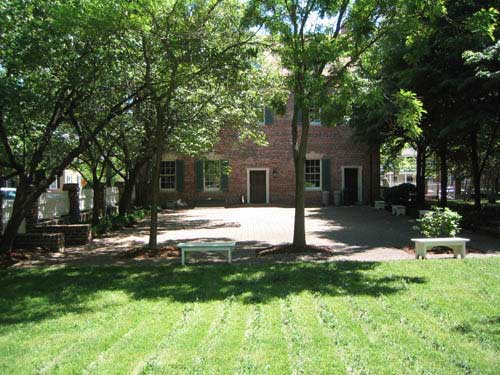
Saving Spaces: Historic Land Conservation in the United States
In the latest featured voice, we interview Dr. John Sprinkle about his new book Saving Spaces: Historic Land Conservation in the United States. Dr. Sprinkle is an expert on the development of historic preservation in the United States. He has written widely on the effects of federal preservation policy on local, state, and national history. In this interview, we discuss the linkages and cleavages between historic preservation and environmental conservation as well as the often-times overlooked role of the Department of Housing and Urban Development in urban open space protection.

Interpreting histories of pollution
Do we need more historic sites that addresses the effects of pollution as well as remediation on the landscape. The Berkeley Pit in Butte, Montana provides one example of this type of location.
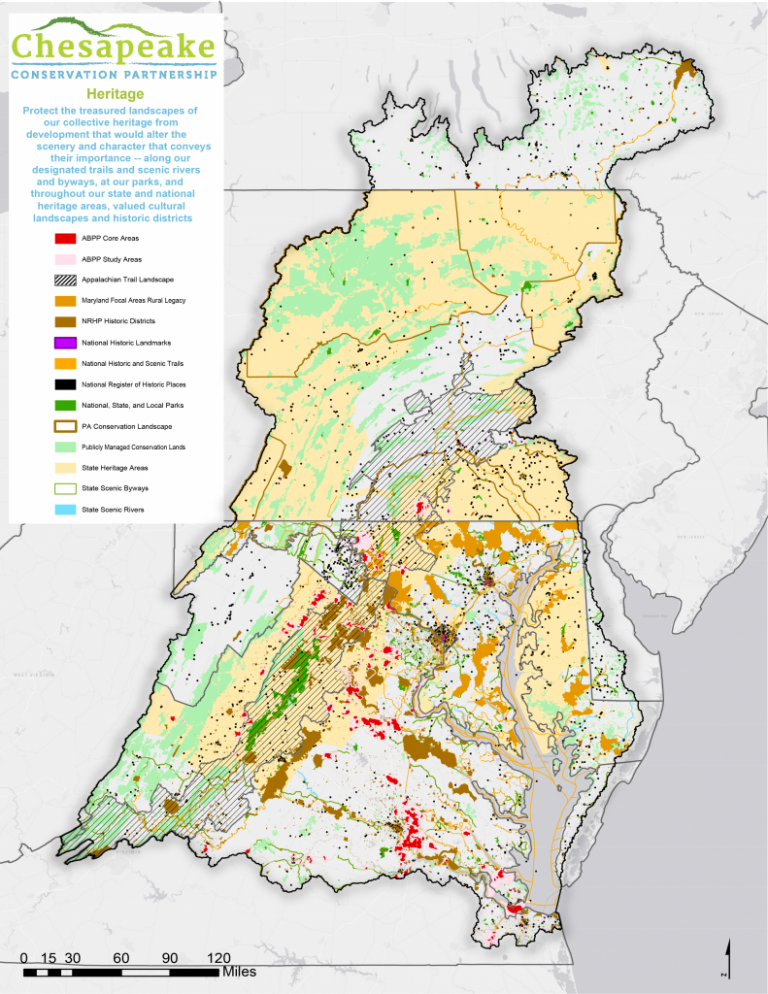
The Challenge of Conserving Cultural Resources on a Landscape Scale
There is a growing recognition that cultural resources as a part of the larger landscapes. The idea that there is a unity of nature and culture has created a significant opportunity for cultural resource practitioners to contribute to the new field of landscape scale conservation. There are compelling reasons to partner up with this emerging movement. The nature conservation field has long recognized that threats to natural resources occur at multiple and much larger spatial scales than those usually addressed in cultural resource preservation. Ecosystems are adversely affected by impacts that transcend political and disciplinary boundaries. Threats include urban expansion, air and water pollution, deforestation, agriculture intensification, mineral extraction, and of course climate change. The nation’s cultural heritage faces the same threats. Responding with a landscape or regional approach is a better match to the scope of the problem.

The Nature Culture Journey continues: The Presidio in San Francisco
On November 13-14, 2018 US ICOMOS welcomed experts from 15 countries across six continents to a gathering at the Presidio in San Francisco. Titled Forward Together: Effective Conservation in a Changing World, the goal of the symposium was to share a range of ideas on how to integrate culture and nature and to explore ways to shape cultural and natural heritage for long-lasting conservation. Building on earlier international nature/culture journeys, the focus was taking action on the ground.

Protecting America’s Long Trails
October, 2018, marks the 50th anniversary of two remarkable federal laws: the National Trails System and Wild and Scenic Rivers Acts. Both laws set up ways that the federal government can assist in protecting and operating “long, skinny corridors” for recreation and heritage resource preservation. The key to the success of these corridors across the landscape and along our waterways has always been partnerships. Federal agencies working with private citizens and dedicated volunteers, have created irreplaceable links to our cultural and natural heritage.

Saving Spaces: Historic Land Conservation in the United States
In the latest featured voice, we interview Dr. John Sprinkle about his new book Saving Spaces: Historic Land Conservation in the United States. Dr. Sprinkle is an expert on the development of historic preservation in the United States. He has written widely on the effects of federal preservation policy on local, state, and national history. In this interview, we discuss the linkages and cleavages between historic preservation and environmental conservation as well as the often-times overlooked role of the Department of Housing and Urban Development in urban open space protection.

Interpreting histories of pollution
Do we need more historic sites that addresses the effects of pollution as well as remediation on the landscape. The Berkeley Pit in Butte, Montana provides one example of this type of location.

The Challenge of Conserving Cultural Resources on a Landscape Scale
There is a growing recognition that cultural resources as a part of the larger landscapes. The idea that there is a unity of nature and culture has created a significant opportunity for cultural resource practitioners to contribute to the new field of landscape scale conservation. There are compelling reasons to partner up with this emerging movement. The nature conservation field has long recognized that threats to natural resources occur at multiple and much larger spatial scales than those usually addressed in cultural resource preservation. Ecosystems are adversely affected by impacts that transcend political and disciplinary boundaries. Threats include urban expansion, air and water pollution, deforestation, agriculture intensification, mineral extraction, and of course climate change. The nation’s cultural heritage faces the same threats. Responding with a landscape or regional approach is a better match to the scope of the problem.
